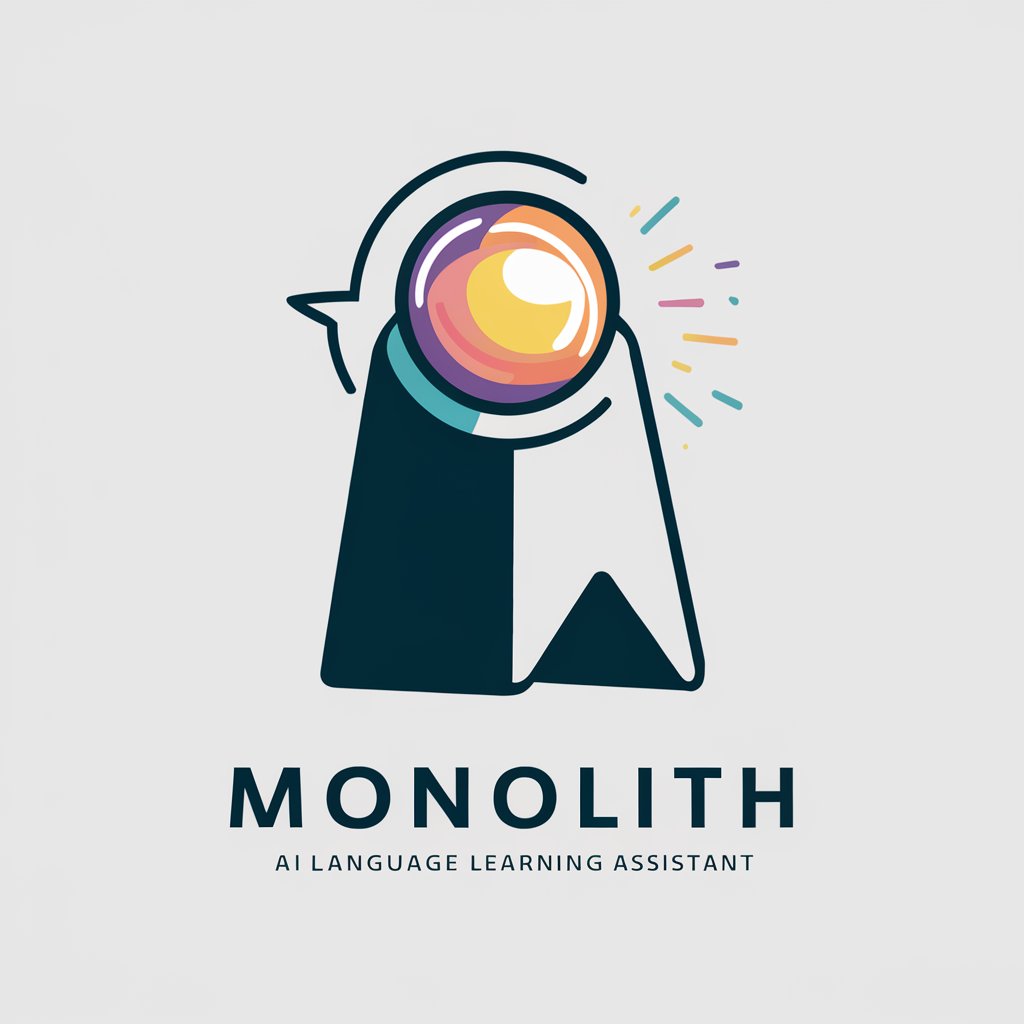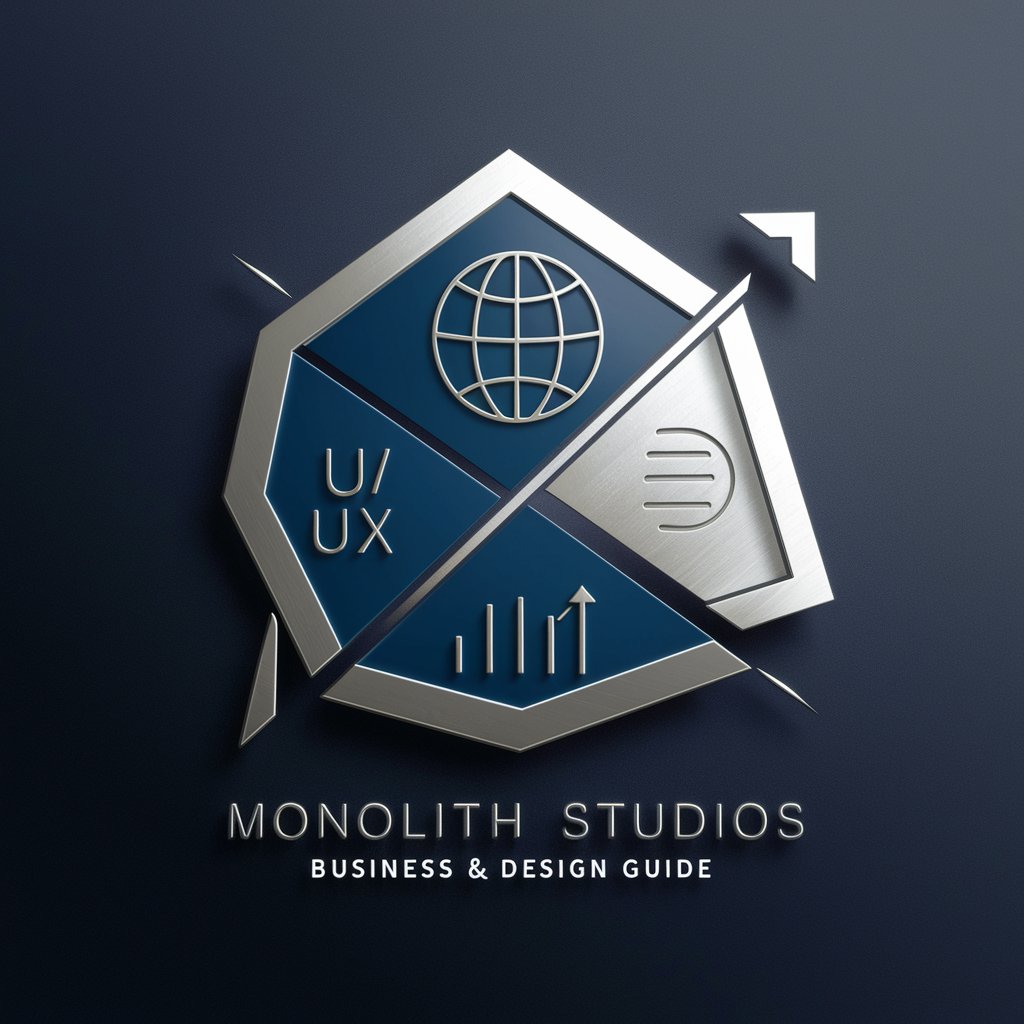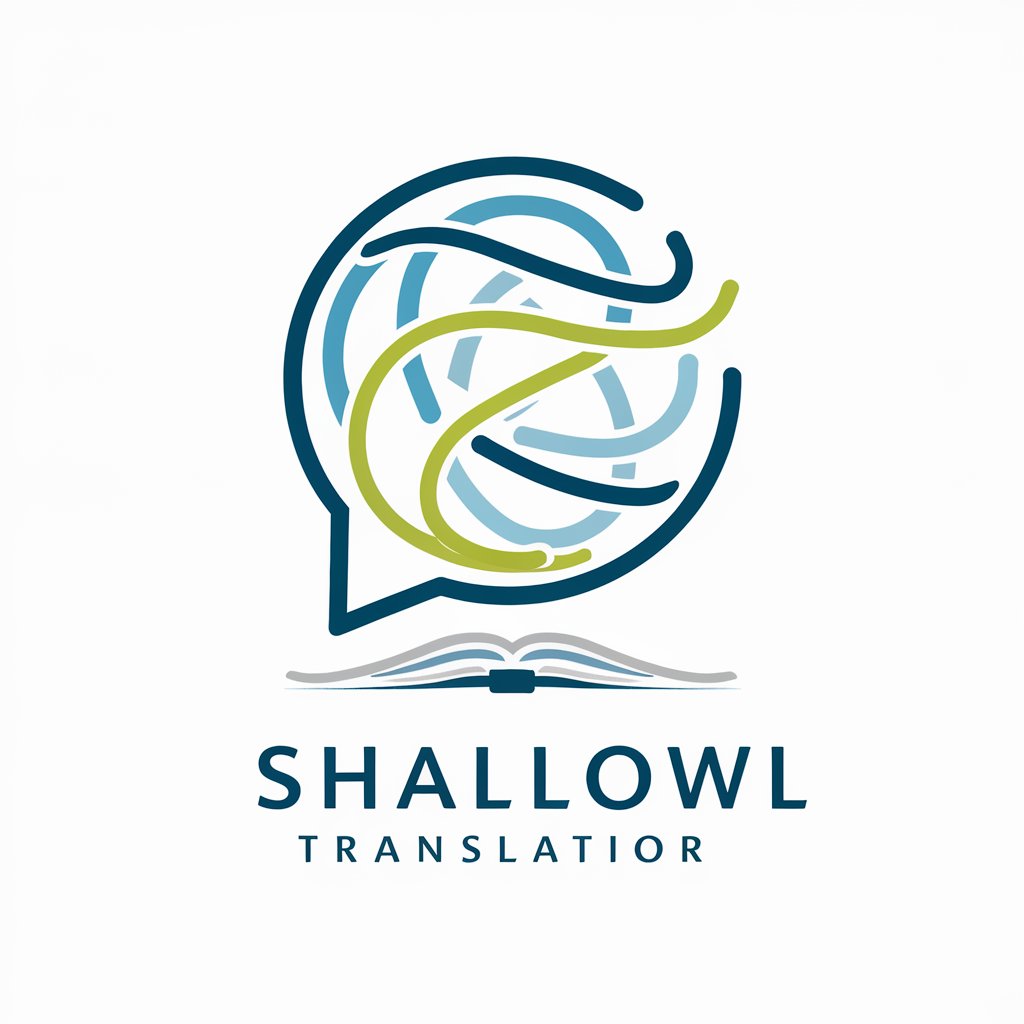Ancient Monolith Explorer - AI Archaeology Assistant

Greetings! Let's uncover the secrets of ancient monoliths together. How can I assist you?
Unveil History with AI
What are the theories behind the alignment of monoliths?
How can I start learning about ancient civilizations?
Describe the cultural significance of monoliths in ancient societies.
What are some common misconceptions about Gobekli Tepe?
Get Embed Code
Introduction to Ancient Monolith Explorer
Ancient Monolith Explorer is a specialized AI designed to engage users with detailed information and insights about ancient monoliths and archaeology. It aims to bridge the gap between academic research and general interest, providing an educational and interactive experience tailored to a variety of users. Through the use of advanced natural language processing, it offers precise, context-aware information and can adapt its responses to suit both experts and novices. For example, when discussing the Stonehenge, the Explorer can provide not only the historical context and latest archaeological findings but also delve into less known theories about its construction and use. Powered by ChatGPT-4o。

Main Functions of Ancient Monolith Explorer
Educational Content Delivery
Example
The Explorer provides in-depth articles on topics such as the methods used to date megalithic structures.
Scenario
In a classroom setting, a history teacher uses the Explorer to gather materials that explain the radiocarbon dating process applied to wood and charcoal found at megalith sites.
Interactive Learning
Example
Users can ask for comparisons between different monoliths, like those found in Göbekli Tepe versus Easter Island.
Scenario
A student preparing a presentation on religious practices in ancient civilizations uses the Explorer to understand the symbolic significance of these sites.
Expert Consultation
Example
The Explorer provides updated scholarly debates and perspectives on controversial archaeological interpretations.
Scenario
A professional archaeologist accesses the Explorer to obtain the latest research and discussions on the prehistoric use of European dolmens.
Ideal Users of Ancient Monolith Explorer
Educators and Students
Teachers and students of history and archaeology can use the Explorer to enhance educational materials and classroom activities, making complex subjects like dating methods or cultural significance more accessible and engaging.
Archaeology Enthusiasts
Amateurs or enthusiasts who have a deep interest in archaeology but might not have access to academic resources will find the Explorer invaluable for self-education and staying updated on archaeological findings.
Professional Archaeologists and Researchers
Professionals in the field can utilize the Explorer for quick access to research, debates, and current methodologies, helping them stay informed about the latest developments in their areas of interest.

How to Use Ancient Monolith Explorer
Step 1
Initiate your journey by visiting yeschat.ai, where you can start exploring the Ancient Monolith Explorer for free without any requirement to log in or subscribe to ChatGPT Plus.
Step 2
Choose a specific ancient monolith or archaeological topic of interest from the provided categories or use the search function to find specific information or questions you might have.
Step 3
Utilize the 'Ask a Question' feature to input any queries you have about ancient monoliths or related archaeological subjects; the AI will provide detailed, tailored answers.
Step 4
Explore interactive features such as virtual tours of archaeological sites and detailed analyses of different monoliths to enhance your understanding and engagement.
Step 5
For optimal experience, regularly check the updates section for the latest research, findings, and insights in the field of archaeology shared by the Ancient Monolith Explorer.
Try other advanced and practical GPTs
Monolith
Learn Languages, AI-Enhanced

Research Paper Reviewer
Empowering Your Research with AI

Legal Eagle - Advogado Trabalhista
Your AI-powered legal advisor in labor law.

RH
AI-powered solutions for HR success

Festival Seeker
Explore Music Festivals with AI

Airfare Assistant
Navigate airfares smartly with AI power

Monolith Studios' Business & Design Guide
Empowering Design with AI Insight

ShallowL Translator
Transform Text Seamlessly - Powered by AI

Shallow Beauty Matcher
Real Connections, AI-Enhanced

SWE Method and Code Tutor
AI-driven fluid dynamics education and simulation

English Mentor
AI-powered English Learning Simplified

human rewriter DE
Elevate Your Texts with AI-Powered Rewriting

Frequently Asked Questions about Ancient Monolith Explorer
What exactly does the Ancient Monolith Explorer do?
The tool offers in-depth information and interactive learning experiences about ancient monoliths, utilizing AI to provide answers, conduct virtual tours, and offer current archaeological insights.
Can I access data on monoliths not listed on your platform?
Yes, you can use the 'Ask a Question' feature to inquire about any monoliths not directly listed; the AI will fetch and provide relevant information from its extensive database.
Is the Ancient Monolith Explorer suitable for academic research?
Absolutely, the tool is designed to serve as a comprehensive resource for students, scholars, and researchers, providing detailed data and analyses that can support a wide range of archaeological studies.
How often is the information within the Explorer updated?
The database is regularly updated with the latest archaeological findings, research papers, and expert analyses to ensure that users have access to the most current data.
Are there interactive elements within the Explorer?
Yes, it includes interactive elements such as virtual site tours and interactive maps, allowing users to explore archaeological sites and monoliths in a more engaging way.
